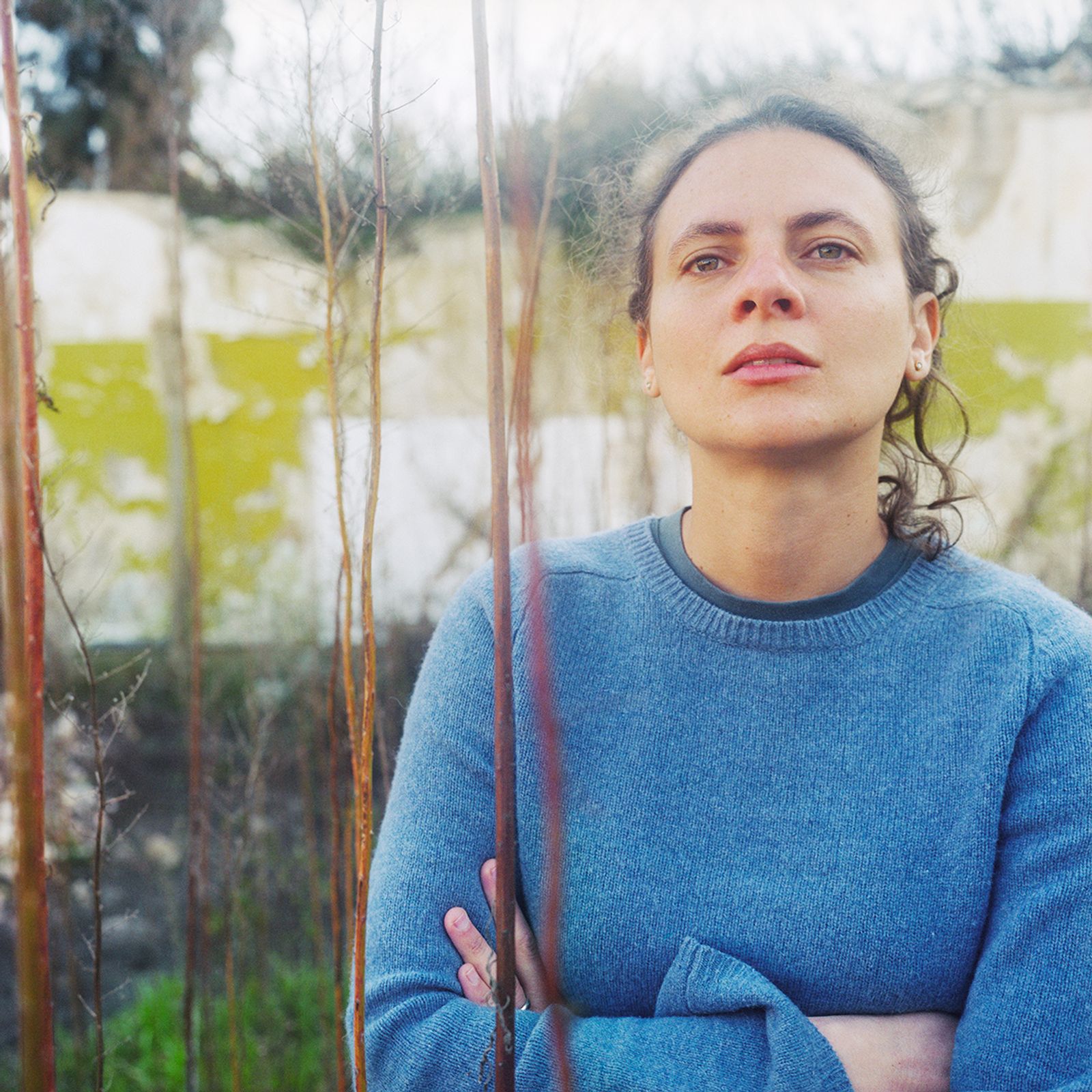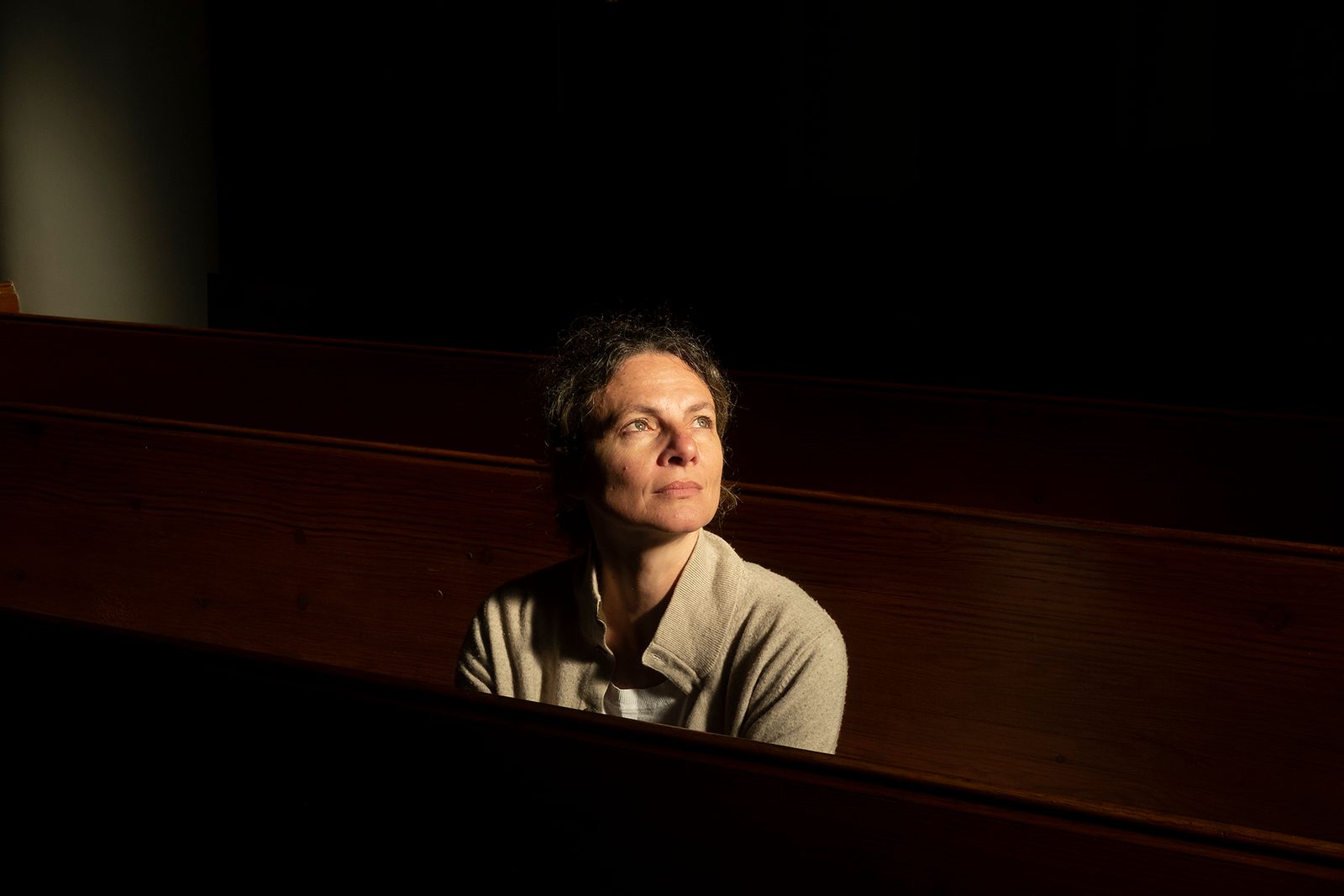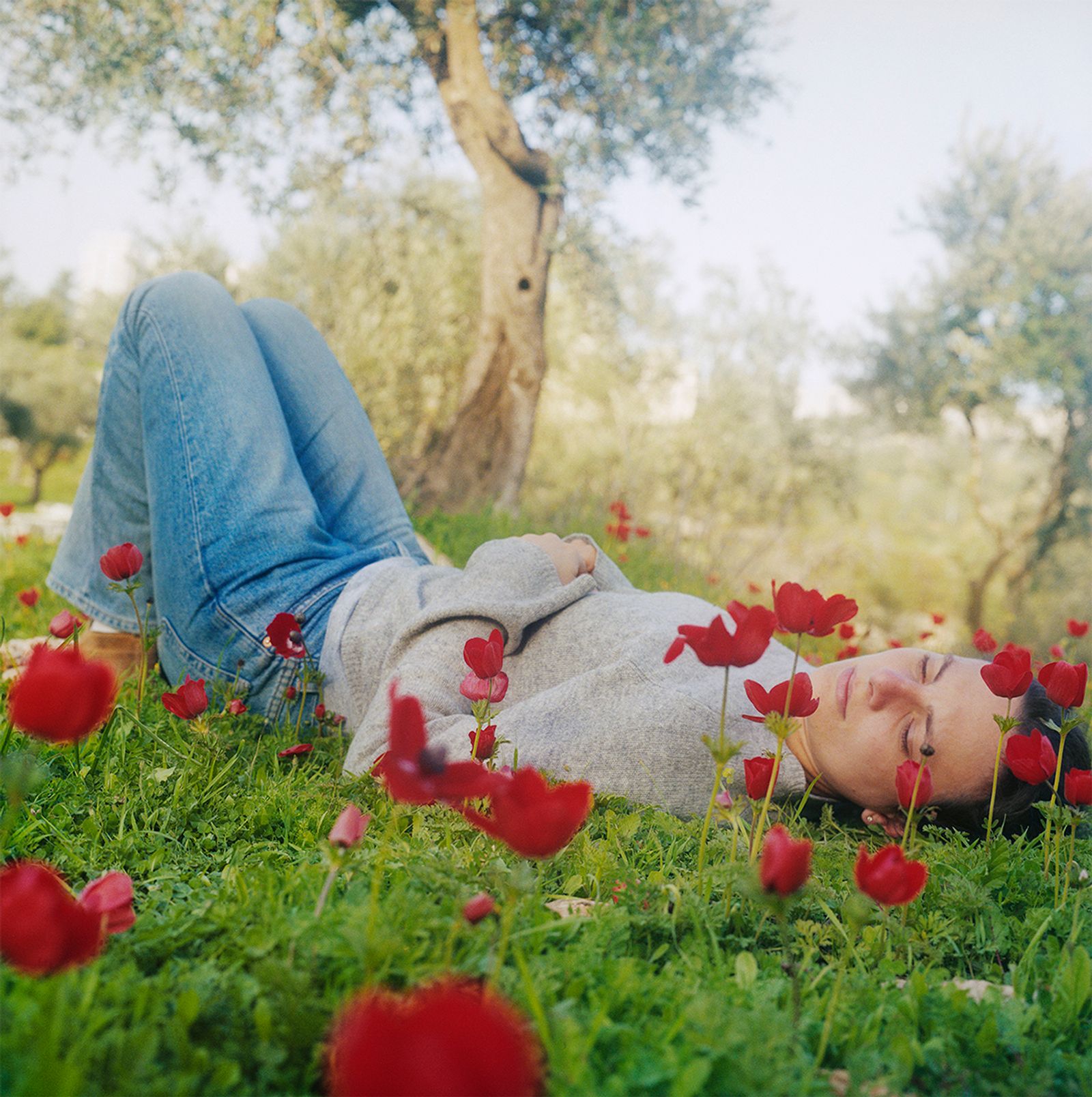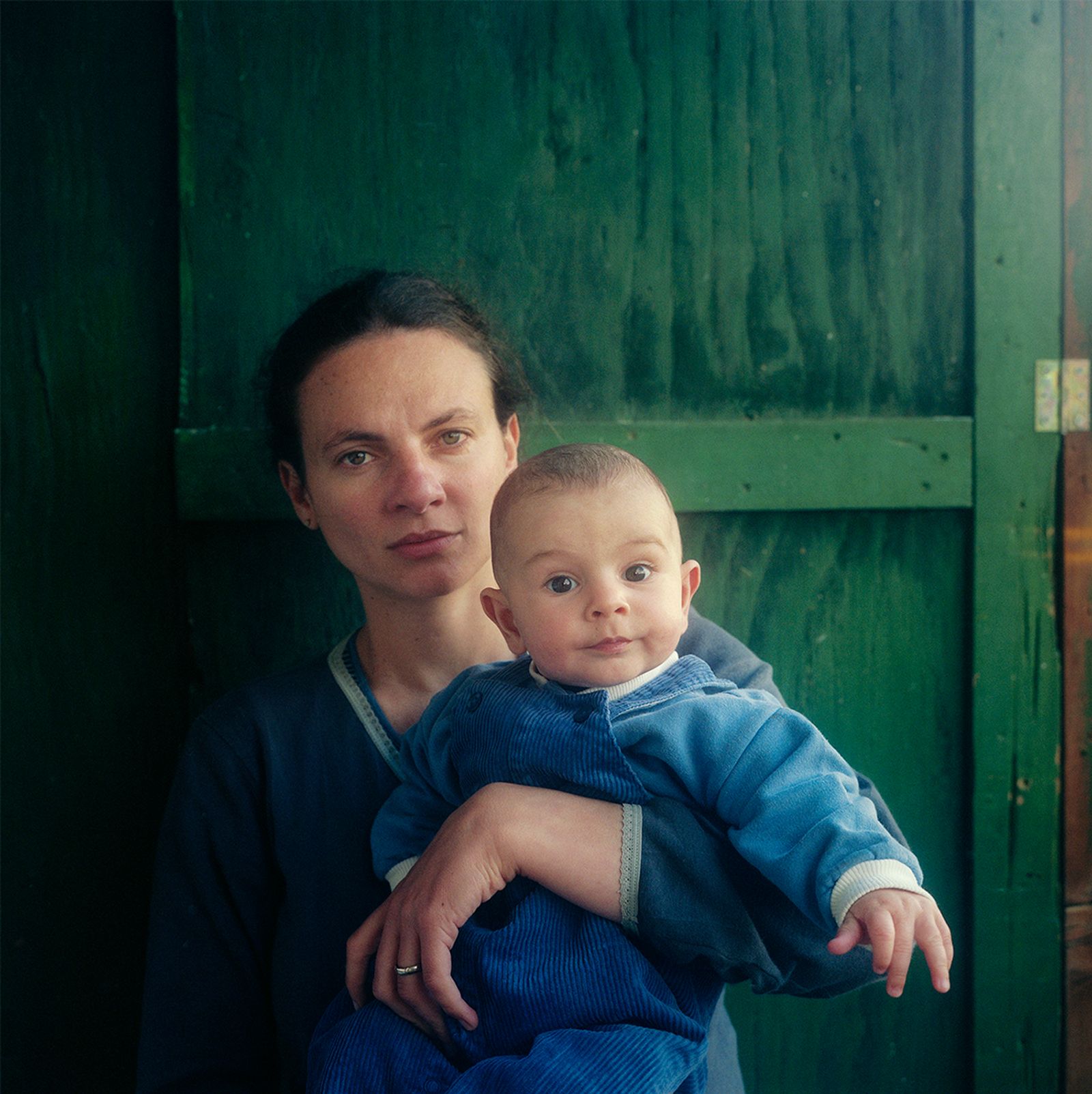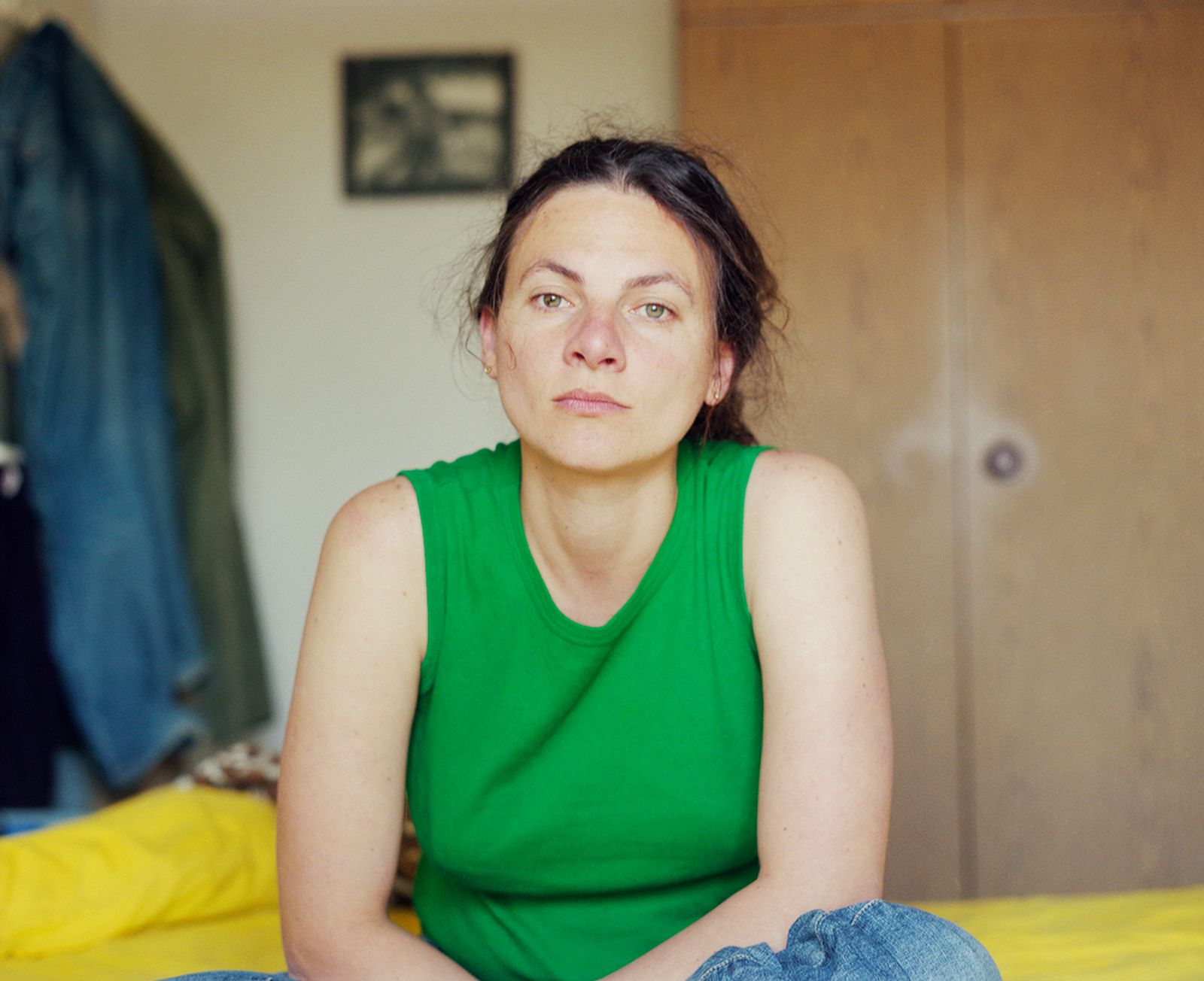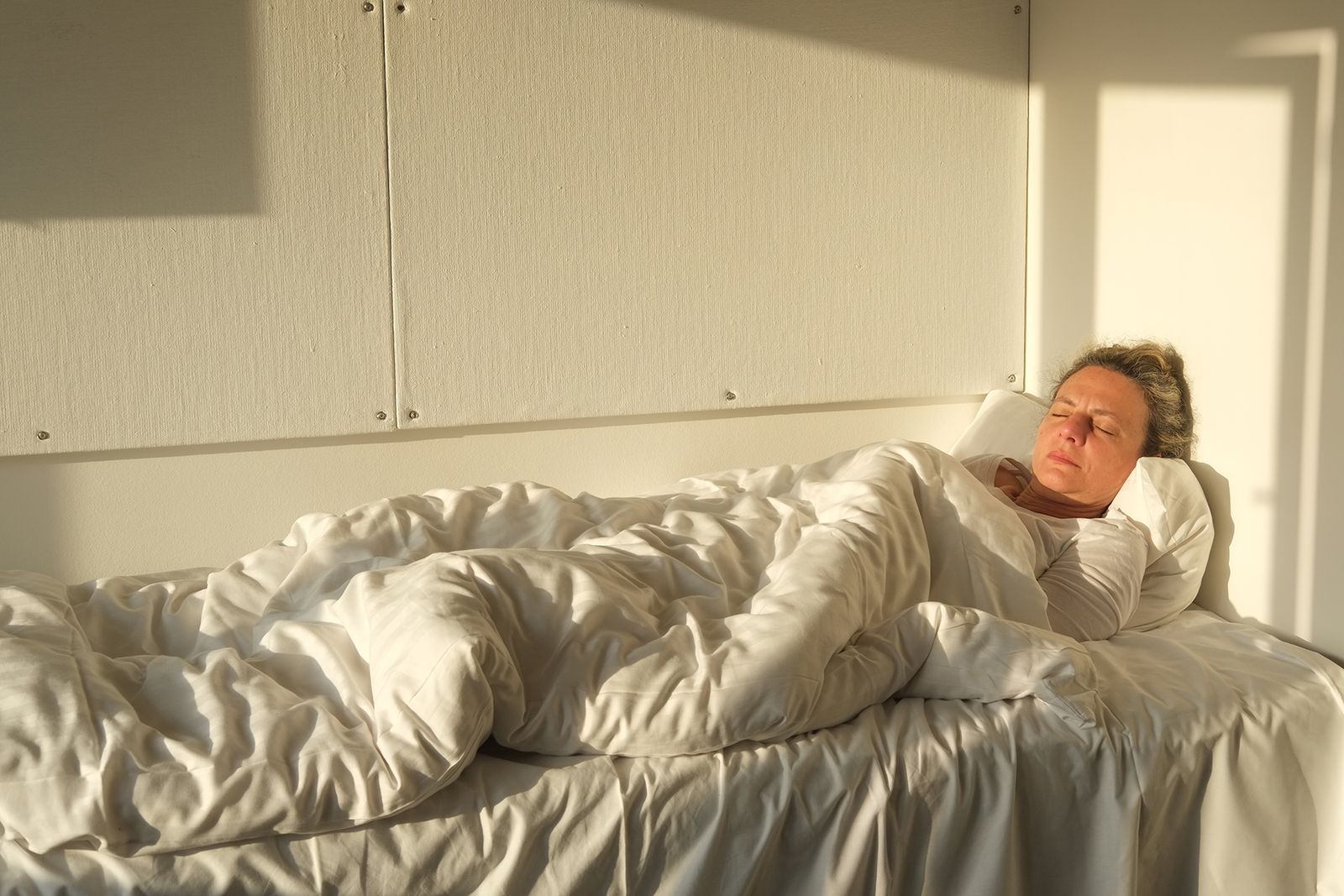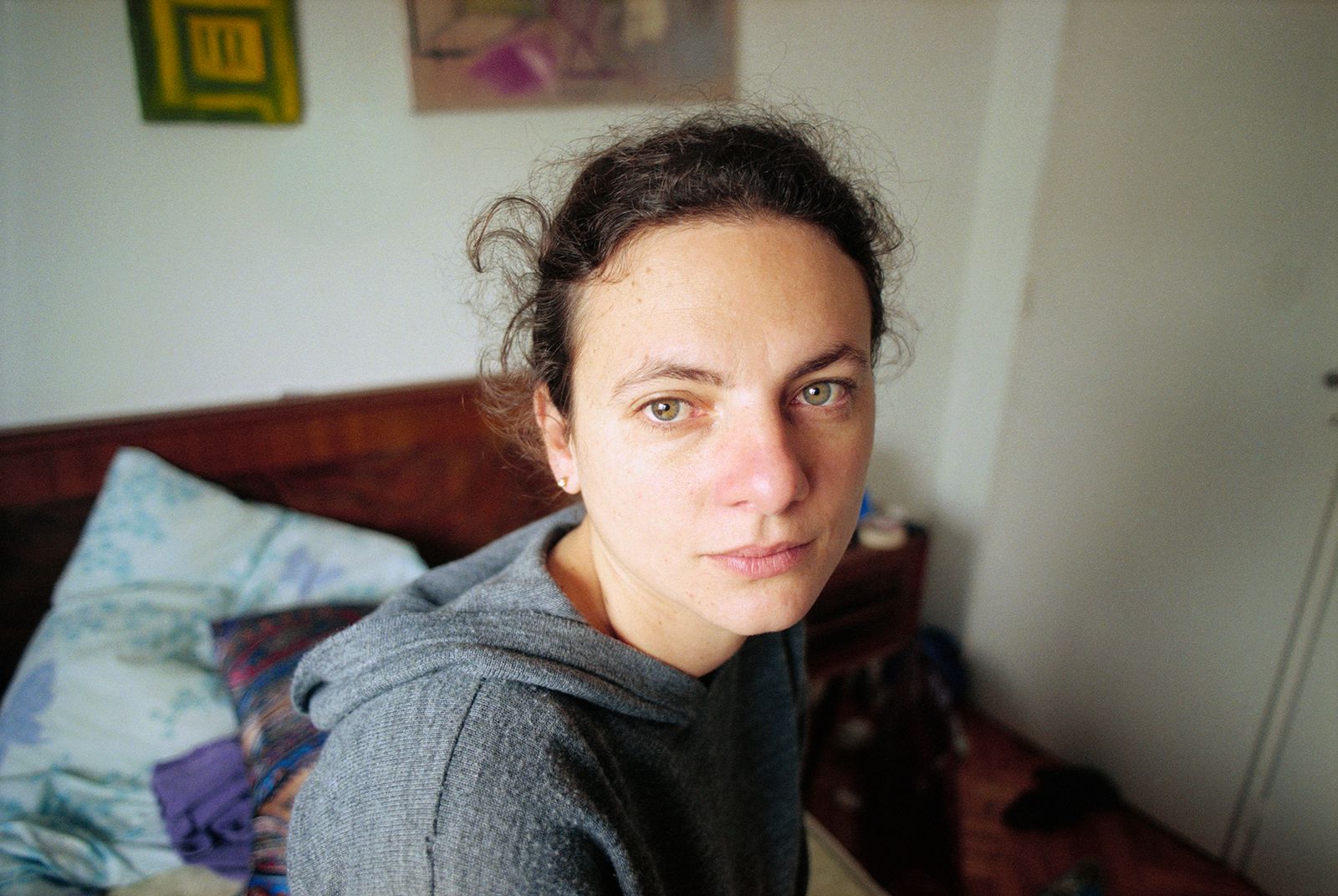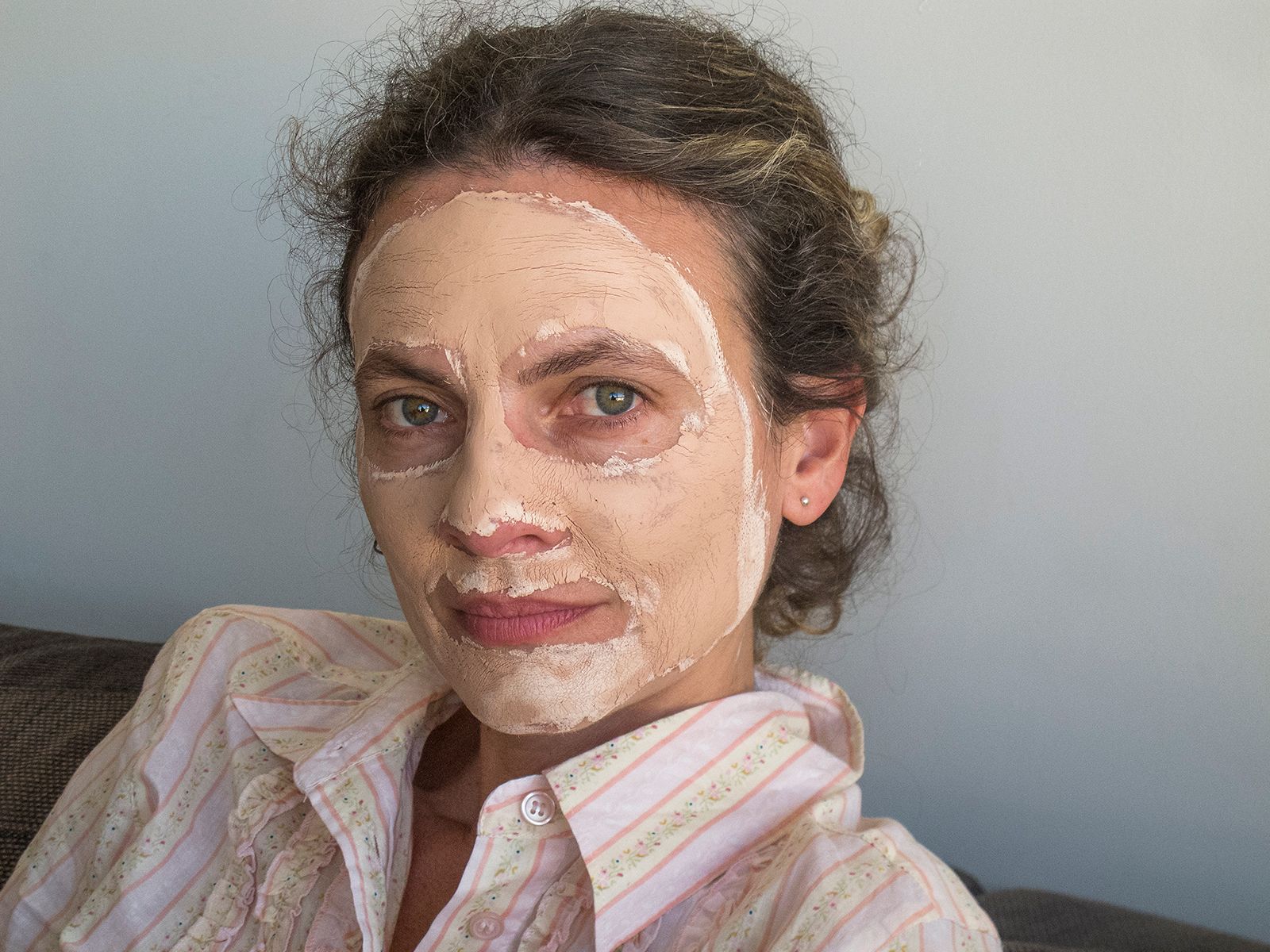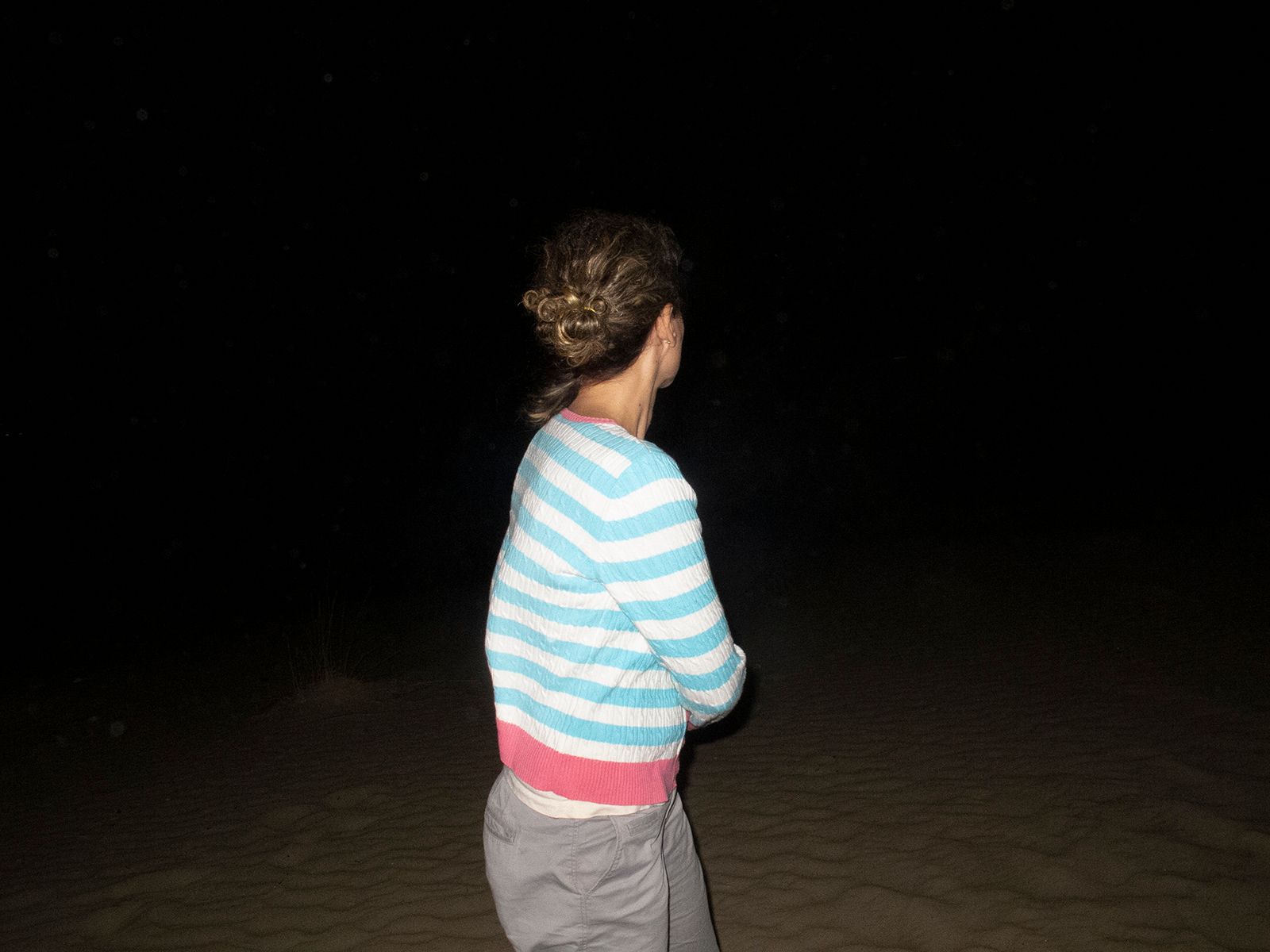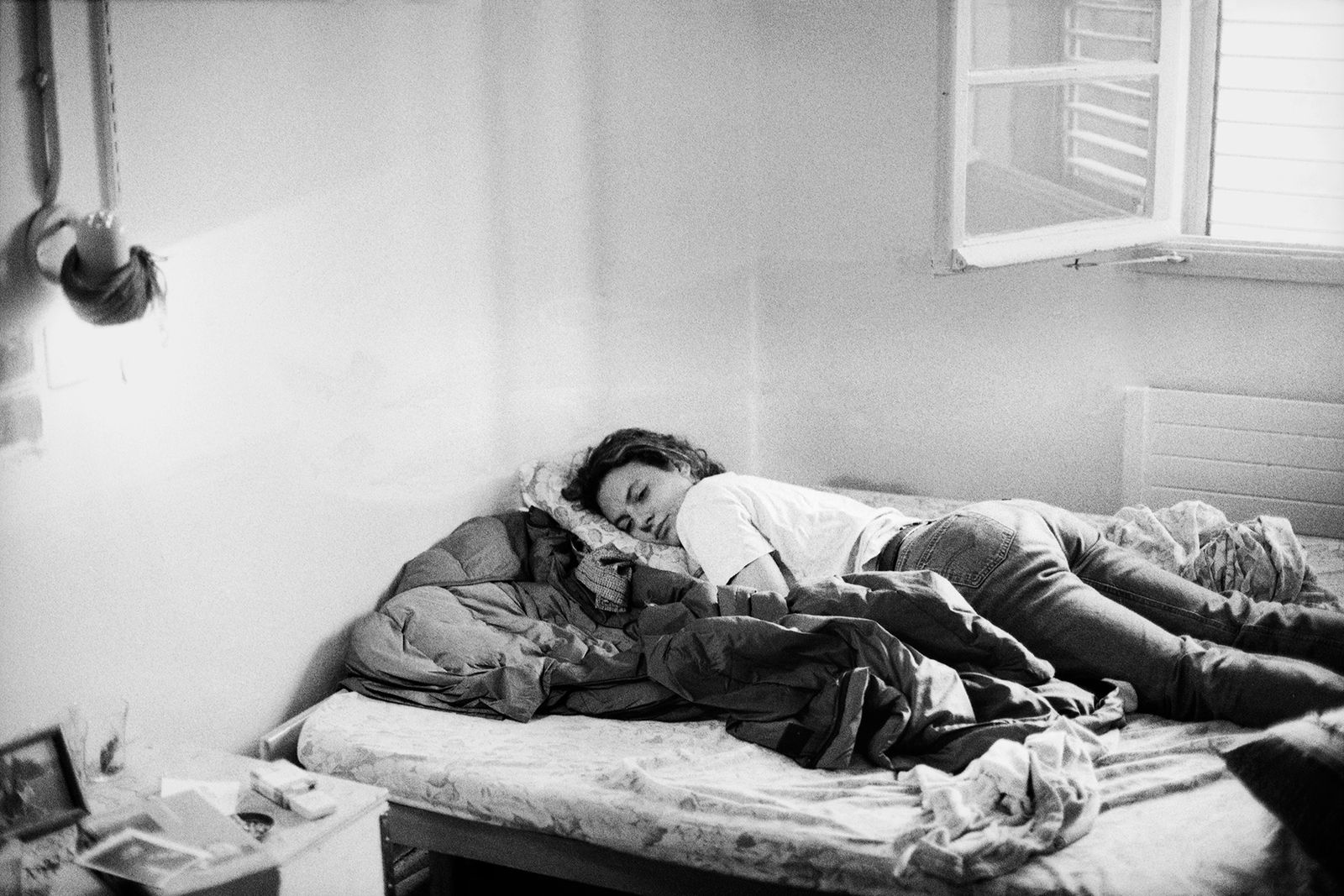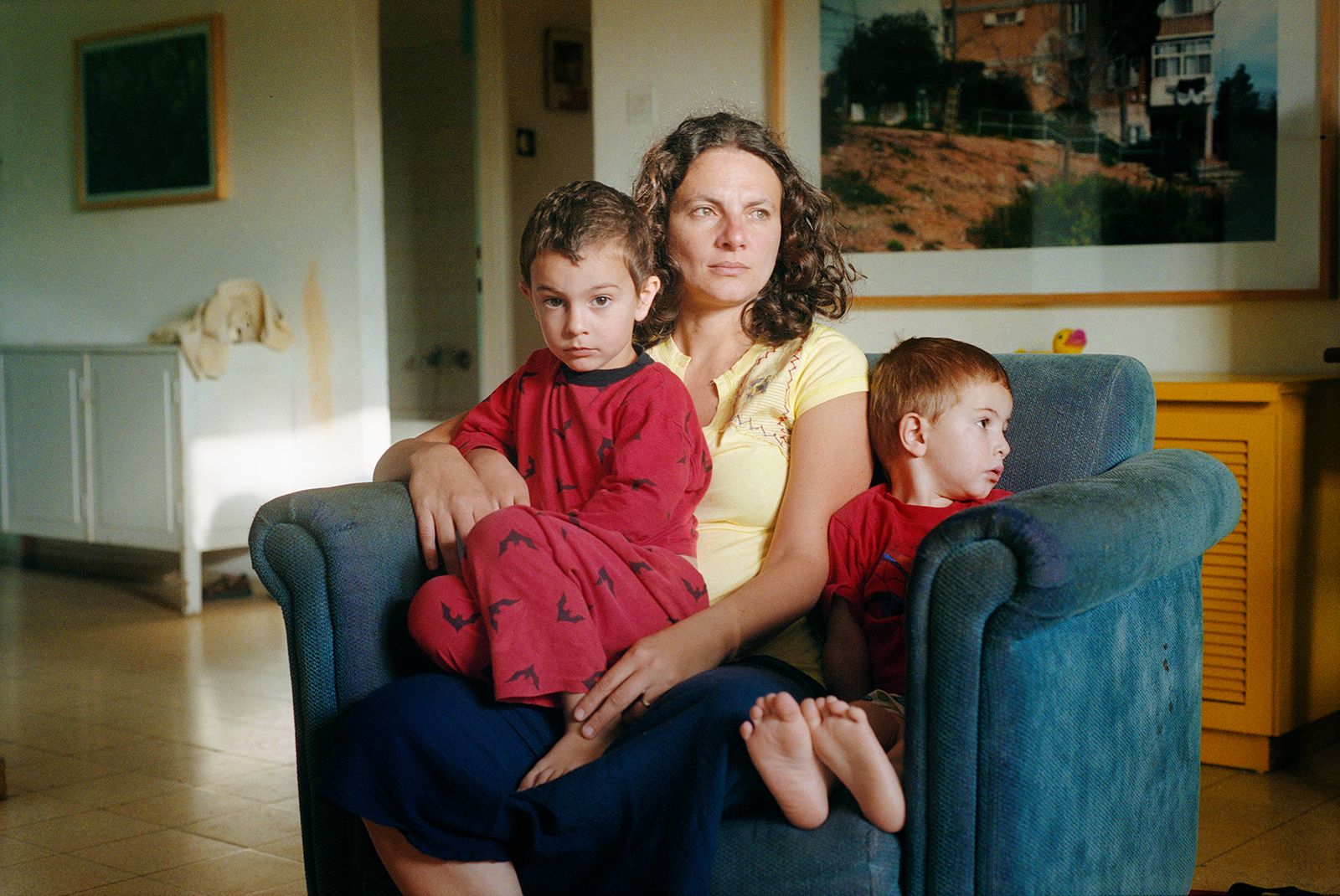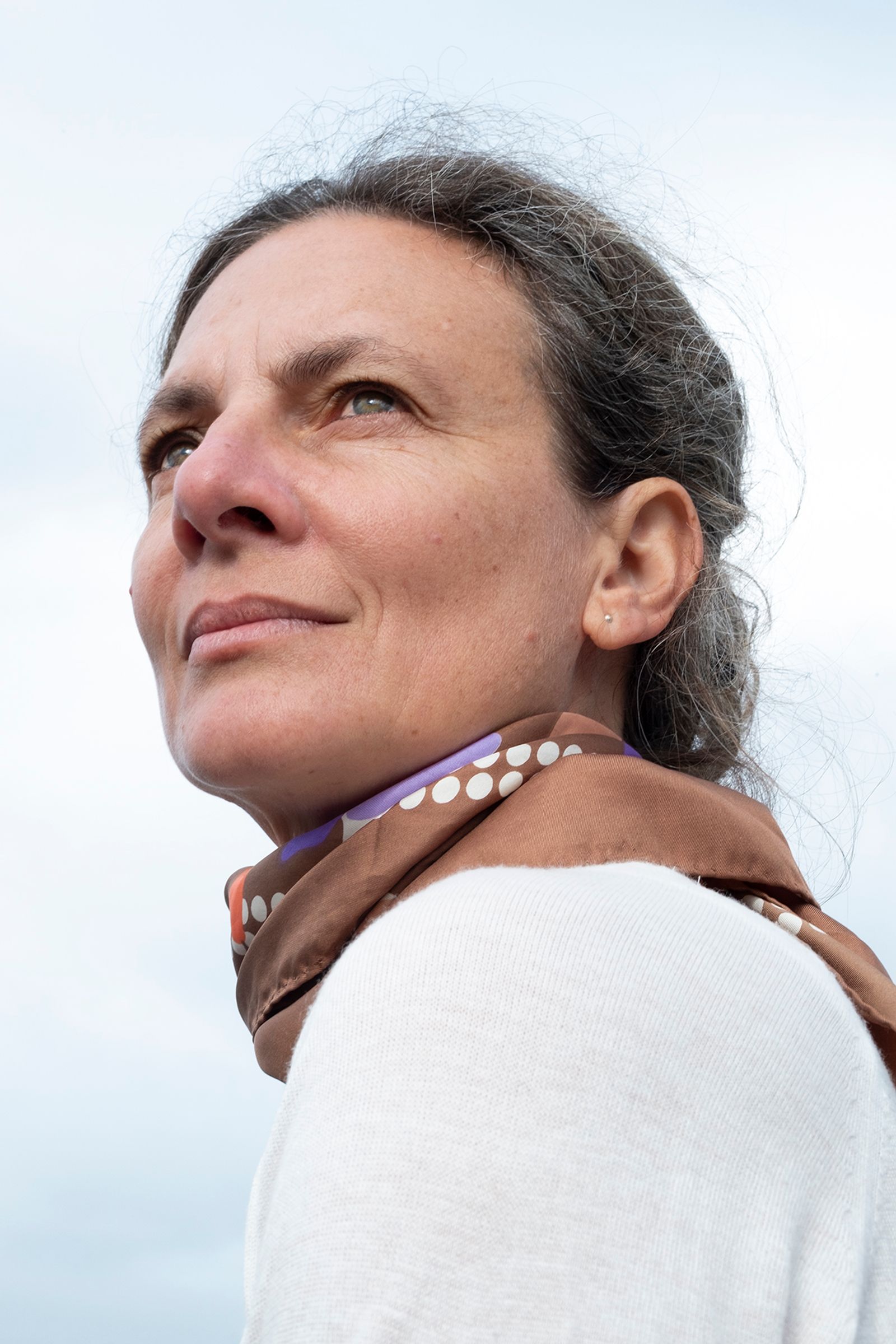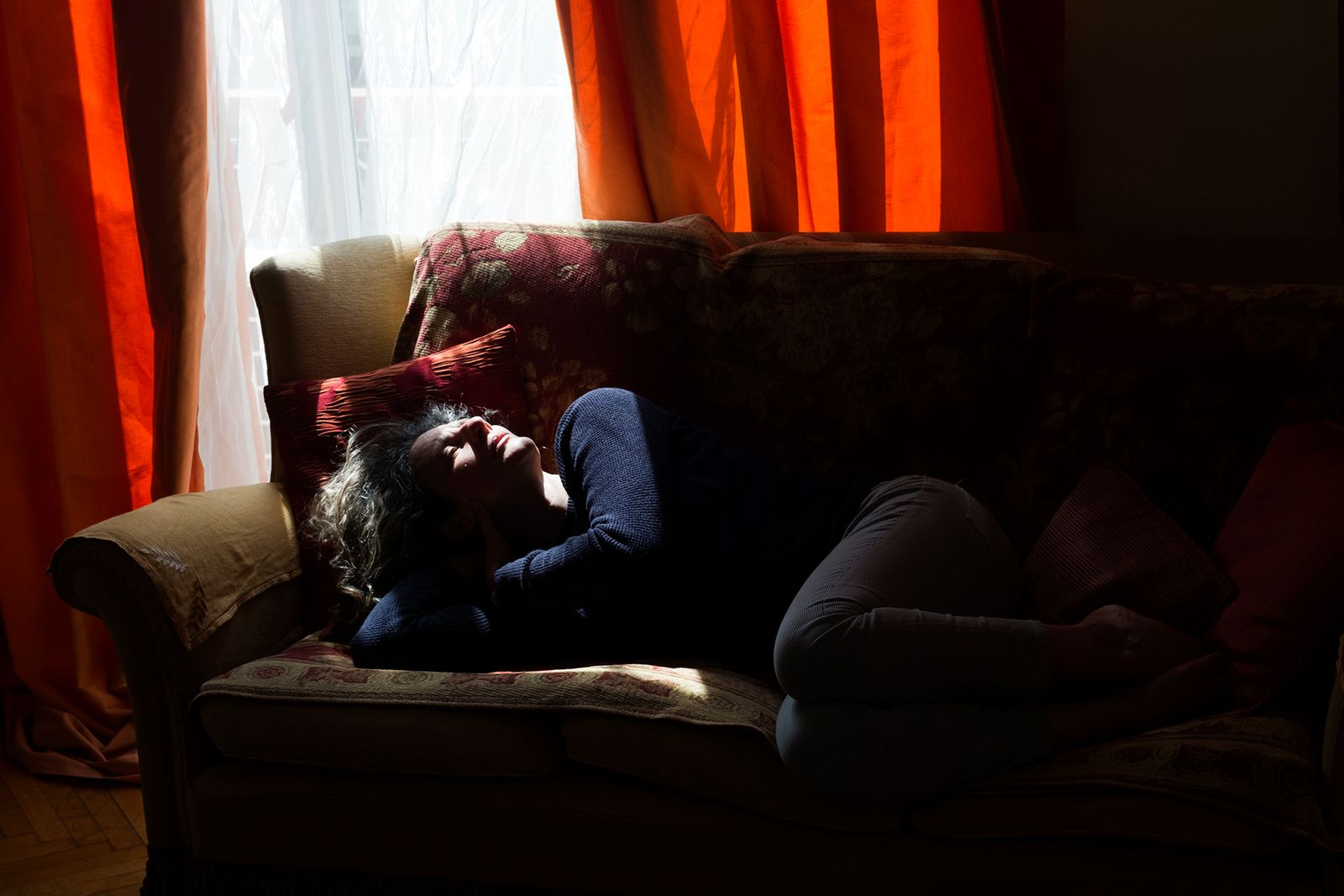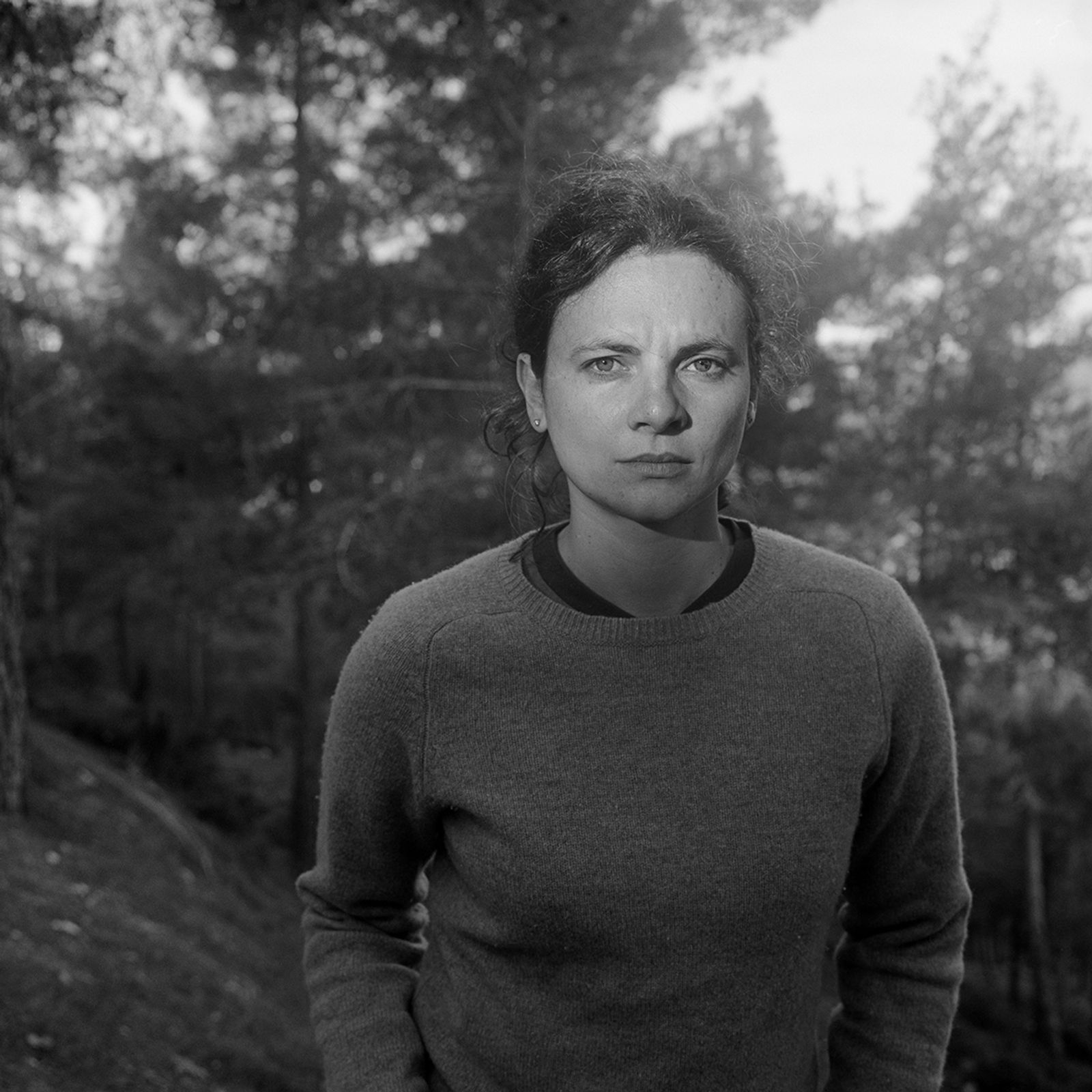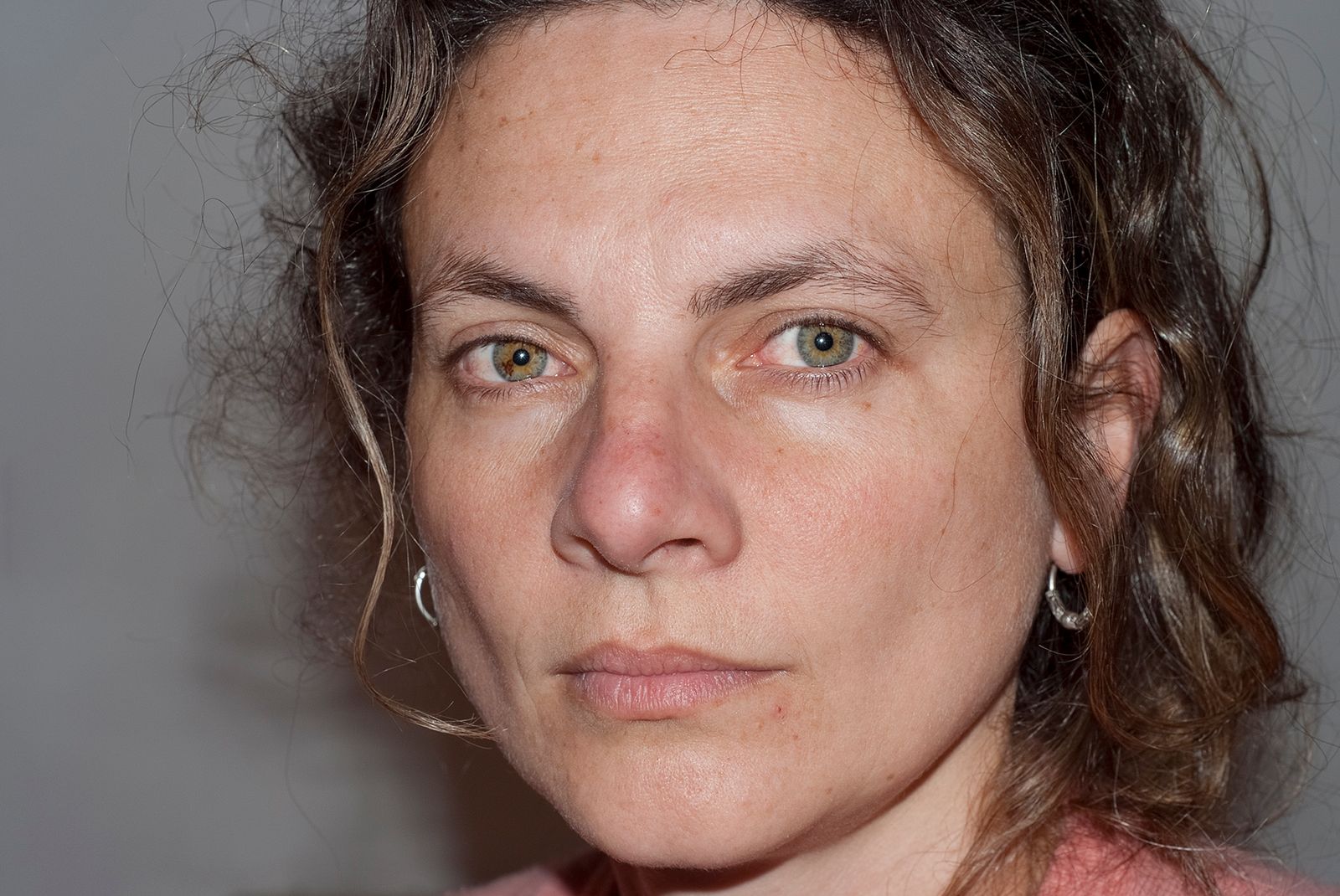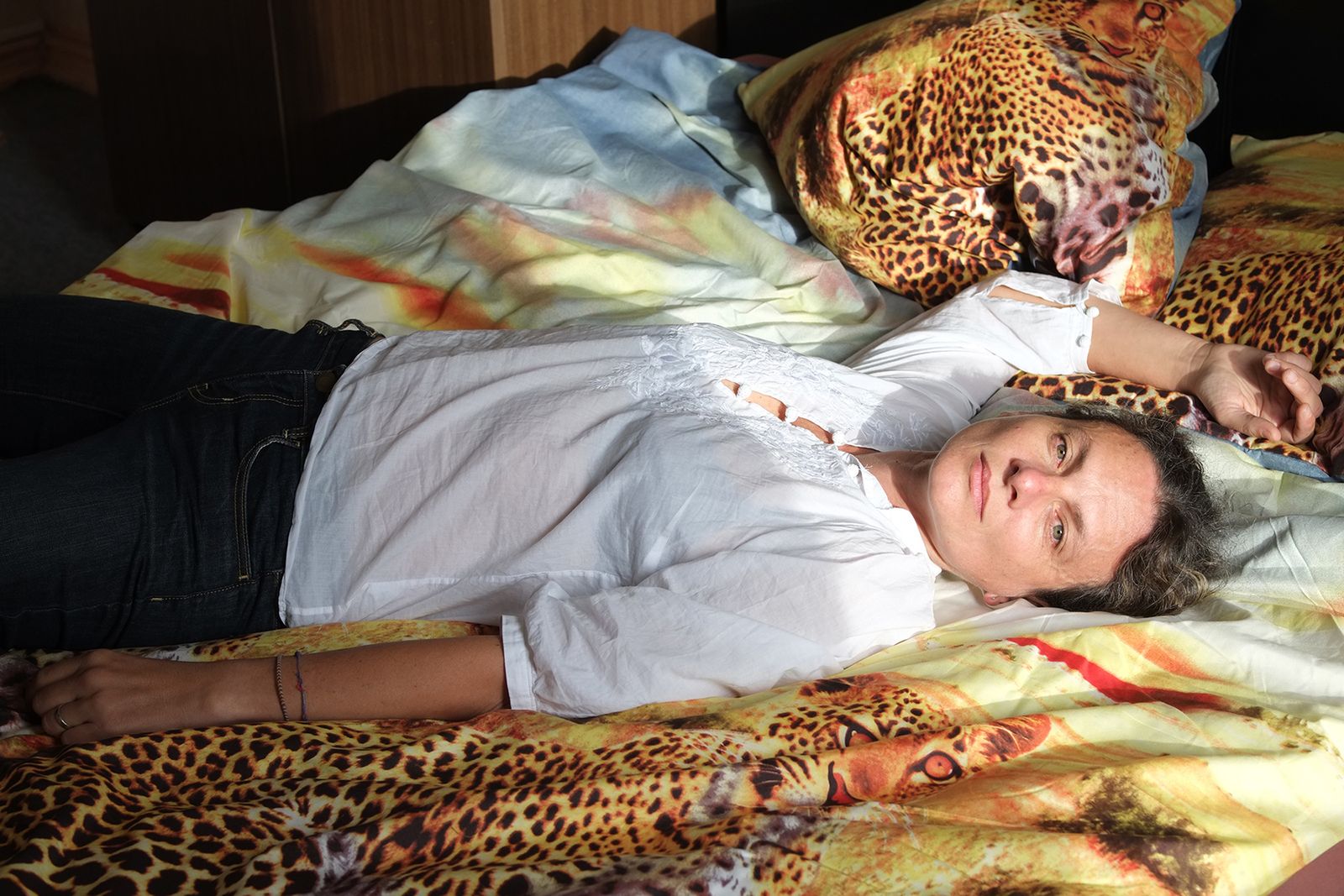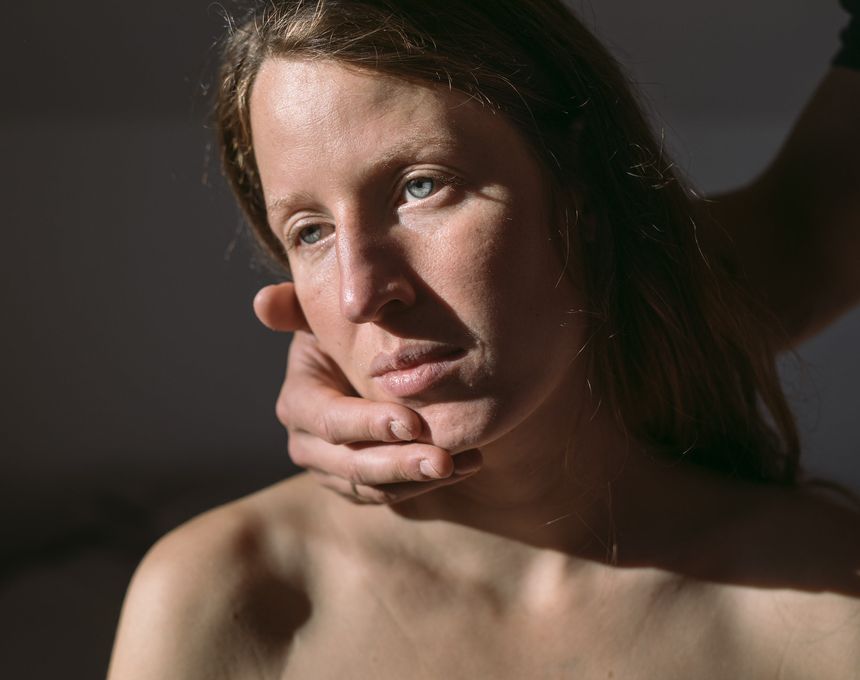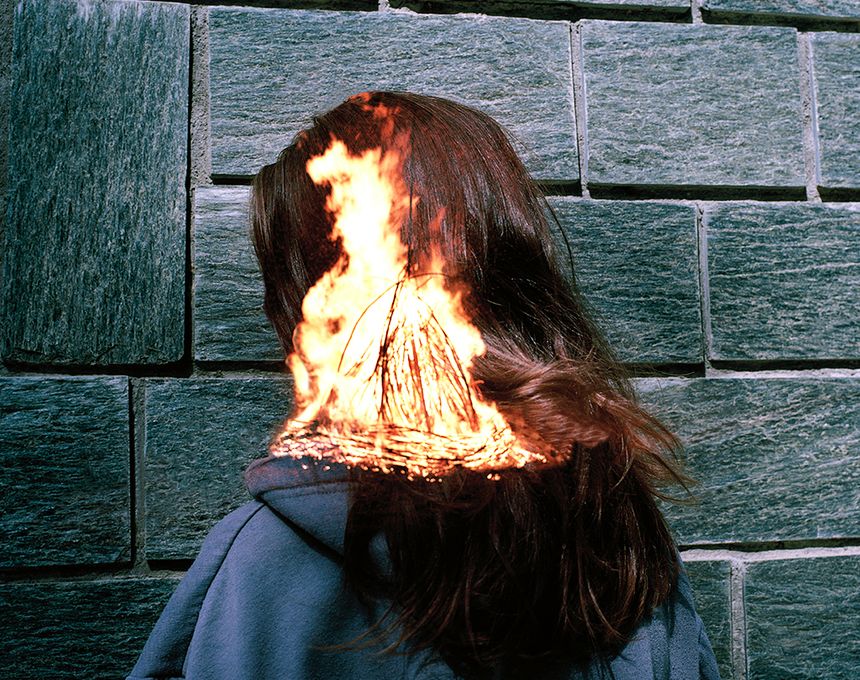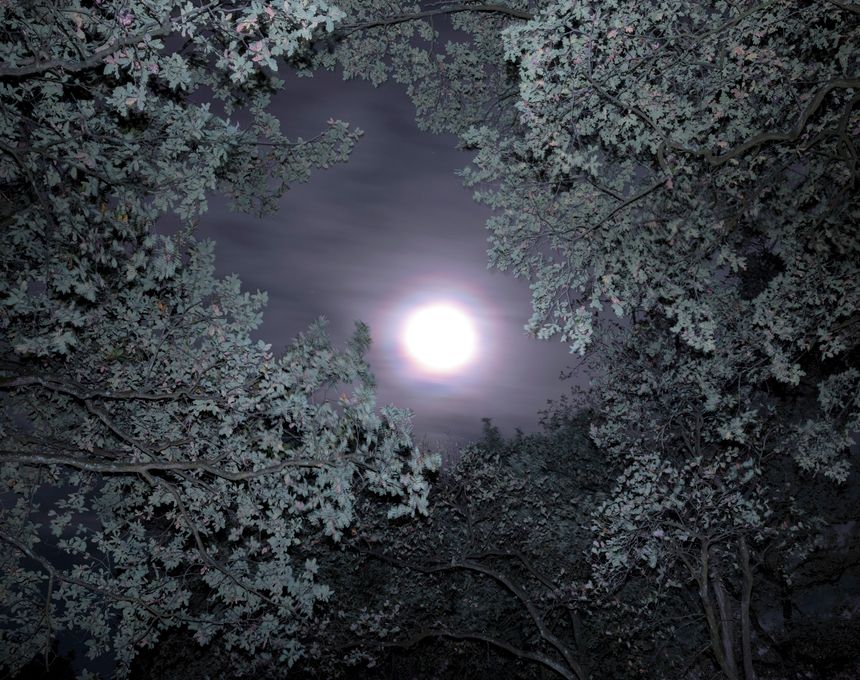Sonia
-
Dates1998 - Ongoing
-
Author
- Topics Portrait, Daily Life, Documentary
- Locations Argentina, Israel
The pictures of Sonia, the photographer ́s partner, are the result of more than 20 years of life together. At the series, it's possible to observe how the relationship evolves through the years, the physical changes of Sonia, and the continuity of love and respect between them.
Une Histoire d'amour, this phrase haunted me when looking at the photographs of Sonia, taken by her husband, photographer Gustavo Sagorsky. Things tend to sound better in French, but in this case, the French phrase captures something that simply cannot be put in English. It means 'a love story', but also 'a history of love'.
In the Sagorsky’s works, Sonia appears in various poses, various situations, in different age and mood. And in the same manner that her image is diverse, so is the photographic technique that is used – some images are snapshots, some are black and white and others are in colour. The quality of the photograph and the lighting changes, as though Sonia and the world change simultaneously and incoordination. What hardly changes, however, is the gaze that is set upon her. It is an intimate, loving gaze that keeps reappearing in the images. In most images, Sonia looks straight at the camera, but even when she doesn't it seems quite clear that she is aware of the gaze that is set upon her; aware of the presence, not of the camera as an 'intrusion', but of her loving husband. She lends herself to the lens, but she does not surrender to it and is not captured by the image.
This disposition stands in sharp contrast to the disposition that Barthes describes in his Camera Lucida. Barthes' 'little book' starts with a description of the experience of being photographed, and the confrontation with the resulting image. Barth feels mortified, in the most literal sense, in the presence of the camera. So he writes:
"Once I feel observed by the lens, everything changes: I constitute myself in the process of "posing," I instantaneously make another body for myself, I transform myself in advance into an image. This transformation is an active one: I feel that the Photograph creates my body or mortifies it, according to its caprice…" (pp. 10-11)
The camera and the photographer standing behind it for Barthes are always intrusive, the taking of the photograph is a violent act, and its effect bears resemblance to the 'gaze' of the other as described in Sartre's writing, it is a gaze that objectifies and dehumanizes. For Barthes, photography brings with it death itself -
"I am neither subject nor object but a subject who feels he is becoming an object: I then experience a micro-version of death (of parenthesis): I am truly becoming a specter….when I discover myself in the product of this operation, what I see is that I have become Total-Image, which is to say, Death in person …Death is the eidos of that Photograph " (pp. 14-15).
We could dispense with Barthes' position taking it as nothing but a portrait of a 'photophobic', but that would be too easy and would deny us of observing a truth that hides in his thought – that the self is mobile, dynamic and transitive, and that this quality cannot be captured in a single image.
"What I want, in short, is that my (mobile) image, buffeted among a thousand shifting photographs, altering with the situation and age, should always coincide with my (profound) "self"; but it is the contrary that must be said: "myself" never coincides with my image; for it is the image which is heavy, motionless, stubborn… and "myself" which is light, divided, dispersed; like a bottle-imp, "myself" doesn't hold still, giggling in my jar…" (p. 12)
But the paradox Barthes describes is not a paradox of photography; it is an internal paradox, the paradox of the self. The concept of the self, a 'profound' self, keeps haunting even the most critical thinkers, even Barthes, who knows well that the self is anything but a fixed entity. He knows this well, and still, the aspiration to have this non-existing self portrayed in a photograph lurks in the darkness of his writing.
Contemporary portrait photography is saturated with this paradox. From Thomas Ruff to Rineke Dijkstra, we see the 'static self' paradoxically reappearing in photography; we see a strive to uncover a 'profound self'. Even in Nicholas Nixon's The Brown sisters, there is something in the portraits of the sisters, in their posture and gaze that remains static as years go by, as though the 'self' shows itself from beneath the marks of time. In Roni Horn's You Are the Weather, there is some defiance of this concept, the fragmented, flexible self becomes apparent, but in a way, the series is so exhaustive, that one may imagine that the entirety of this fragmented self is revealed through it, as though if we just assemble the different fragments, we could eventually capture the entity they compose.
In Sonia's images, nothing of this sort happens, nor aspired. All we get are fragments, and nothing more; fragments of an actual being, not of an imagined entity; Fragments of life; a love story but also a history of love, an actual love, located in time and space.
Text by Liat Lavi.
